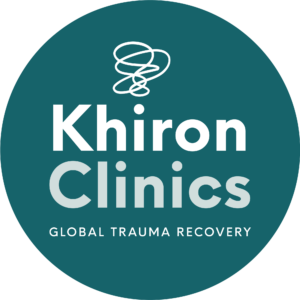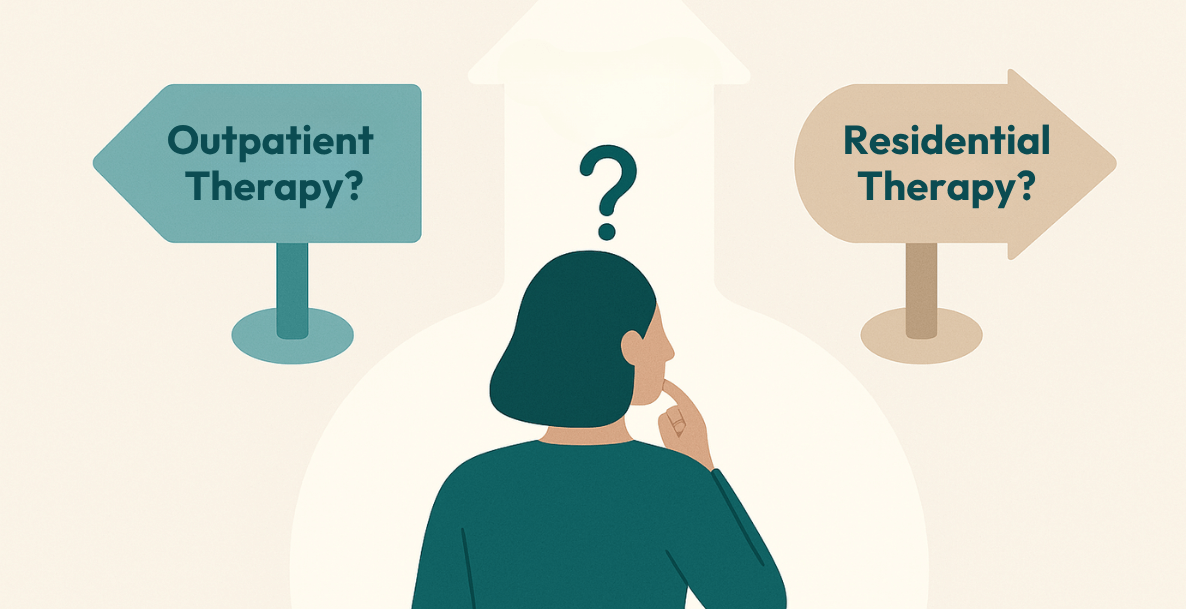Winter isn’t just about colder weather and shorter days; for many it’s a season where emotional wounds feel magnified. According to mental health studies, cases of Seasonal Affective Disorder (SAD) spike during the winter months, affecting millions worldwide. For individuals with a history of trauma, this season can feel particularly heavy, bringing emotional challenges to the forefront.
The winter season often disrupts natural rhythms and exposes vulnerabilities. Biological factors like reduced sunlight and hormonal shifts can exacerbate feelings of sadness and fatigue, while psychological triggers such as introspection and environmental cues stir up unresolved trauma. Social pressures, such as holiday obligations and isolation, only compound the issue.
Understanding these interconnected factors is crucial for navigating the emotional toll that winter can have on mental health. By exploring the underlying causes of heightened trauma in this season and identifying effective coping strategies, individuals can reclaim a sense of control and well-being even in the darkest months.
Biological Factors
The biological impact of winter on trauma survivors is significant, largely due to disruptions in the body’s natural rhythms. Trauma survivors can be particularly sensitive to changes in the body, with somatic changes triggering past fears and memories. Lack of trust in bodily mechanisms and warning signals is a key aspect of trauma. The circadian rhythm, the body’s internal clock, relies on consistent light exposure to regulate sleep and wake cycles. In winter, shorter days and reduced sunlight throw this system off balance, leading to fatigue, poor sleep, and mood instability—all of which can exacerbate trauma-related symptoms.
Seasonal Affective Disorder (SAD), often described as “winter depression,” further compounds these challenges. SAD shares symptoms with depression, such as lethargy and hopelessness, but for those with a trauma history, these feelings can magnify pre-existing emotional wounds. The lack of sunlight also affects serotonin levels, a neurotransmitter critical for mood regulation. Trauma survivors, who may already struggle with low serotonin, often experience a heightened sense of sadness or despair during the darker months.
From the perspective of the polyvagal theory, the winter environment can activate the dorsal vagal state—a survival mechanism associated with withdrawal, fatigue, and shutdown. With reduced sunlight lowering serotonin and increasing melatonin, the body leans further into this state, amplifying feelings of disconnection. These hormonal shifts, paired with disrupted rhythms, create a perfect storm for emotional dysregulation, making it harder to maintain a sense of safety and resilience needed for active involvement in day-to-day activities.
Psychological Factors
Winter’s psychological toll on trauma survivors often begins with isolation and introspection. The season’s shorter days and colder weather naturally limit social interactions, leaving people with more time alone. This solitude often fosters self-reflection, which, while valuable for healing, can also unearth unresolved trauma. The lack of external distractions combined with the stillness of winter can trigger painful memories and emotions, making the season feel emotionally heavier.
Environmental triggers, such as the cold or holiday traditions, can also act as reminders of traumatic experiences. Holidays with their traditions, family dynamics, or societal expectations can bring up feelings of loss, inadequacy, or grief. These situational triggers activate the nervous system, often moving it into a fight-or-flight or freeze state, and ultimately causing exhaustion and hypervigilance.
The perception of time in winter further complicates these dynamics. The season’s slow pace and extended nights can intensify feelings of being stuck or stagnant, mirroring the emotional paralysis often associated with trauma. This prolonged sense of inertia reinforces a dorsal vagal response, leading to withdrawal and emotional disconnection, making it challenging to engage in resilience-building activities.
Social and Cultural Factors
The holiday season often amplifies societal expectations of joy, togetherness, and family harmony, which can feel unattainable for those grappling with unresolved trauma. These cultural pressures can intensify feelings of inadequacy or alienation, as trauma survivors may struggle to align their internal emotional state with external demands for celebration. This dissonance can activate a sympathetic nervous system response—characterised by heightened anxiety or agitation—as described by the polyvagal theory.
Cultural stigma surrounding mental health compounds the challenges trauma survivors face. During this time, the reluctance to seek support or express vulnerability due to shame or societal expectations may leave trauma survivors feeling unsupported, perpetuating cycles of emotional dysregulation.
To address the biological effects of winter on trauma, light therapy and Vitamin D supplementation can be helpful tools. Light therapy helps regulate the circadian rhythm, reducing symptoms of SAD, while Vitamin D supplementation mitigates deficiencies linked to low mood. Additionally, regular exercise stimulates endorphin release, enhancing mood and promoting emotional resilience.
Finding Supports and Solutions
There are a range of approaches that can help individuals navigate intrusive thoughts and heightened emotional distress. Mindfulness practices, such as deep breathing or grounding exercises, can create a feeling of greater space and stability in the nervous system, helping to move from a heightened sympathetic response to a more balanced state. Journaling provides a safe outlet for processing complex feelings, allowing individuals to explore their emotions without judgment. Trauma-focused therapies, such as those offered by Khiron Clinics, are particularly effective in addressing underlying issues by integrating body and mind approaches aligned with polyvagal theory.
Social support is equally important in countering isolation. Building a support network, through a combination of friends, family, and professionals like therapists, fosters connection and co-regulation, essential for trauma recovery. For those unable to connect in person, online communities and virtual support groups offer accessible alternatives to reduce isolation and build meaningful relationships during the colder months. These strategies work together to promote holistic healing and resilience.
Seek Support with Khiron Clinics
If you’re struggling with trauma that feels worse during winter, know that you don’t have to face it alone. Khiron Clinics specialises in trauma-focused therapies, providing expert, compassionate care rooted in the latest neuroscience, including approaches informed by polyvagal theory. With a team of highly qualified professionals and a track record of helping individuals heal and thrive, Khiron Clinics offers a safe, supportive space for recovery. Take the first step toward relief and resilience—reach out today to learn how their tailored programs can help you navigate this challenging season.






